The Connector is a simple barrier that enables a safe gaze, a relaxed discussion and even touch between two users while keeping them both in their respective epidemiological bubbles. It has changed the everyday of many elderly that have been socially isolated in nursing homes during the covid-19 pandemic. The object demonstrates that even an urgent temporary measure can be conceived in a way that adds and even cultivates space.
The idea for the Connector, i.e., a transparent barrier that allows at risk groups to converse safely with their loved ones in an outside setting, arose from the difficulties we experienced in trying to maintain a connection with our grandparents during the covid-19 pandemic. Experts warn that the withdrawal of social interaction and mental stimulation has negative long-term health consequences for the elderly and is thus a worrisome public health issue across the globe.
The object is made of simple materials, i.e., recyclable wood and polycrystal and can be put together with tools most people have at home. Furthermore, it is aesthetically pleasing, as opposed to many other objects intended for the sick and the elderly. We made sure that the barrier offers adequate protection against virus spread by consulting two experts on aerosols, assembled it with the help of friends and offered it to nursing home DEOS Trnovo in Ljubljana, Slovenia. We informed all nursing homes in Slovenia about our project and encouraged them to use the free PDF of the design on our website as well as offered them free technical support. After the prototype was developed we set up a platform and a website Popravila sveta (https://popravilasveta.si), in the context of which we want to further think about and create simple practical solutions for global challenges.
The Connector has changed the everyday of many elderly in the nursing homes that have decided to install it and can be used in all cases when an individual is immunocompromised. It enables a safe gaze, a relaxed discussion and even touch (through a transparent screen) between two users while keeping them both in their respective epidemiological bubbles. At the same time, the design and construction of the Connector demonstrates that ad-hoc solutions don’t have to sacrifice aesthetics for functionality and that even an urgent temporary measure can be conceived in a way that adds and even cultivates space
Please highlight how the project can be exemplary in this context
Firstly, the production is extremely simple and straightforward, using standard wooden elements that require only the most basic tools to assemble. This makes it inexpensive to produce and reproduce and there is no need for highly skilled workers to be involved. Furthermore, it can be produced locally and in home workshops, which makes it accessible even in more secluded areas. It is likewise easy to transport, which minimizes the carbon footprint that occurs due to packaging and travel. The Connector can be made of recycled wood that can afterwards be reused.
When we talk about sustainability, we should not forget about social sustainability. Social sustainability is a process of creating sustainable and successful places (build as well as unbuild) that promote wellbeing. To be able to do so, we need to firstly understand what people in general as well as specific age groups need from the places they live and work in. The elderly in nursing homes urgently need safe and controlled environment for social connection as they are already quite segregated from society. Thus, the Connector plays an important role in enabling the elderly and other vulnerable groups to maintain connection with their loved ones while keeping the contact safe health-wise. Abovementioned groups are too often removed from social life and pushed on the edge of social visibility which greatly affects their mental as well as physical health. During the pandemic, this went to the extreme and greatly affected the elderly.
Please highlight how the project can be exemplary in this context
With a simple design consisting of two chairs and a screen, the Connector presents a materialized act of dialogue. It other words, it is a spatial and material metaphor of two individuals sitting in front of each other while having a conversation. Furthermore, the object has another poetic quality that illustrates the era of the pandemic. Metaphorically, it is a barrier that connects. The design is clean and free of any unnecessary components; the Connector has only the necessary elements and derives the required mechanical stability from the weight of two sitting persons. With this straightforward composition and structure derived from the aforementioned act of dialogue itself, aesthetic and static balance is achieved. A wooden construction made of standard elements gives the Connector visual lightness that does not dominate the surrounding space. The polycrystal separating screen only further affirms the desired lightness while also providing desired transparency and great sound transmission. The latter is especially important as old people often have trouble hearing, especially when the other person is wearing a mask. This transparent material was also chosen because of its invisibility. It gives a feeling that you are not separated by a wall and you can see the person on the other side. Contrary to previous belief, the barrier is very nice to touch and it even enables physical connection that feels pleasant – even though hands are on the opposite sides of the screen. Another positive side of its construction is that the object can be easily stored when not needed. It is relatively light and can be easily moved by two persons.
Please highlight how the project can be exemplary in this context
One of our main goals in making the Connector was to make the design openly available to as many people as possible. As soon as our prototype was finished we published the PDF of the design alongside the instructions on our website Popravila sveta (current English translation: “World repairs” at https://popravilasveta.si*). The prototype was made by two friends while the next few were made by Preoblikovalnica (https://preoblikovalnica.si), a small Social Enterprise operation, specializing in recycling and upcycling furniture, which made them non-profit. We furthermore encouraged anyone who might need advice on how to make the Connector to contact us for technical support and guidance in regard to the materials they can use or the possibilities of adapting the object for a specific space. We got calls from different parts of the country and advised people on how to make them or adapt them for their specific needs. Aside from being freely accessible, the Connector is affordable as well; the material needed to make it costs approximately 200 euros and can be made by individuals in local communities without the need for any special tools. The only equipment needed is a small wooden saw, screwdriver and screws.
We believe that the Connector, as it was envisioned, adheres to all seven principles of Universal Design. It can be used by individuals with diverse abilities and adapted to specific needs; use of the design is very easy to understand and the necessary information about the use is communicated effectively to the user; the design minimizes hazards of accidental or unintended actions and can be used with a minimum of fatigue and, lastly, it can be used regardless of user’s body size, posture, or mobility. We were, for example, particularly mindful to allow enough space for a wheelchair to be positioned on one side of the barrier.
* The website is being translated in English language as we speak, so the English translation of the title is still being finalized.
Please highlight how this approach can be exemplary
The design of the connector materializes the act of dialogue, where two individuals are facing each other while having a conversation. The design is very simple; only the necessary components and two individuals sitting give it mechanical stability. The screen is made of polycrystal, a transparent material that enables good sound transmission. The latter is extremely important as the elderly often have trouble hearing.
The connector is made of wood, a sustainable material that is affordable and recyclable and can be reused again later for other purposes. The production model is very simple and can therefore be made with very basic equipment in local home-workshops in any country. The wooden profiles are standard dimensions, widely available in stores around the country. Production cost is low, which makes the connector very accessible.
Due to the aging western population, the number of elderly people in need of nursing homes is growing very fast. During covid-19 they were closed for visits, which caused segregation and exclusion of nursing home residents from public life. They could not see their families for weeks, even months. Because their mental wellbeing is of the same importance as their physical health, a solution to organize virus-free family meetings was urgently needed. This is not important only to lower the risk of covid-19 transmission but also other viruses and infectious diseases such as influenza, which is responsible for many deaths in this age group. The Connector presents a solution to this problem as it substantially lowers the risk of infectious disease transmission, while still allowing for safe conversations and family meetings. The model addresses a universal problem that all nursing homes around the world are facing: how to include a vulnerable group in social life while at the same time prioritizing their health and safety.
In this way, we managed to include all three components- sustainability, aesthetics and inclusion in one object.
Category: “Prioritising the people and places that need it the most”
The goal of the project was to enable at risk individuals, in particular the elderly, to converse safely with their loved ones during the covid-19 pandemic. The idea for it was born in November 2020 during a Sunday family lunch where we had to sit far apart in the garden with masks. Due to grandma’s hearing difficulties it was difficult to hold a proper conversation from a distance. We were likewise concerned about our friends’ relatives who were staying in nursing homes that were closed for visitors for weeks.
Testing out the prototype in our garden showed us that the Connector serves its purpose successfully. We were able to talk for as long as we wanted, more in depth and in a more relaxed way with our grandmother than we have been able in all the months since the pandemic started. The abovementioned prototype was then donated to a nursing home DEOS Trnovo, Ljubljana whose director reported how positively it affected its residents. As was the case with our grandmother, the nursing home residents were able to sit outside in the courtyard and, after a long time, safely welcome visitors. It improved their mood as well as their physical health. We informed all nursing homes in Slovenia about the free PDF of the design available on our website and received some feedback from nursing home directors who were eager to implement it. At DEOS Notranje Gorice, for example, the director engaged their janitor to set up a barrier in a hallway that we deemed suitable from the materials we recommended. The positive response was overwhelming. The nursing home labeled the space as “Safe visiting spot” and shared many touching photos from the residents and their relatives interacting across the barrier. This version of the Connector was completely different from our original version, but our goal was achieved: spread the idea of a simple replicable solution and show people how to do it themselves.
Please also explain the benefits that derived from their involvement.
This was a non-profit project from the beginning: two cousins working on the idea, one from the architectural and the other from social and organizational point of view with two friends building the object. Although citizens were not included in the making of the first Connector, we made the design available online for free as our goal was to provide anyone in need with the opportunity to make their own Connector and conduct safe meetings with their close ones. After it was made available, we promoted the project and encouraged people to start making their own versions. Many different variations erected, which proved that both the concept and the construction can easily be copied, adapted and appropriated. It was great to see a number of these homemade barriers and variations of the original idea being made.
Aside from that we contacted nursing homes and offered our help with the realization. In the beginning, it was very hard to convince them to make or order them since they were physically and financially overwhelmed because of the pandemic. But when it became clear that the pandemic is going to last a long time some of them nevertheless implemented the idea which proved to work excellently. Furthermore, many local groups and initiatives started promoting the project and organizing its implementation and realization. Another community aspect of the project that needs to be stressed is that some carpenters offered to make the Connectors for free. In this way, a community of socially engaged citizens who wanted to offer their help began to erect.
We had a very inspiring and fruitful exchange with a few nursing homes, which sent us pictures of their Connectors and newly arranged spaces for family visits. We also advised them how to make it or adapt it for their specific spaces.
Amongst the numerous challenges brought on by the covid-19 pandemic was the loneliness experienced by individuals who were quarantined. Residents of nursing homes that were closed for visitors for weeks on end were particularly affected which was of great concern for many individuals in Slovenia who had relatives staying there. Nursing homes staff reported that their residents’ mental and physical health was starting to visibly decline due to isolation.
Scientific research indicates that quarantine is associated with increased rates of suicide, anger, acute stress disorder, depression and post-traumatic stress disorder, with symptoms continuing even years after quarantine ends (Nurblum et al., 2020). All the more, researchers equate the negative effects of loneliness to the health risks of high blood pressure, physical inactivity, obesity, or smoking 15 cigarettes a day (Smith et al., 2020). In a health crisis situation, acute threats to health are naturally a priority, however, taking into account the fact that loneliness is a serious health risk to the elderly, United Nations Population Fund (UNFPA, 2020), for example, urged relevant stakeholders to provide necessary practical and emotional support to the elderly through informal networks, caregivers, health workers and volunteers. It is crucial to point out that loneliness is not an issue that arose only because of covid-19, but has been steadily rising in recent years due to the erosion of the nuclear family, a sense of disconnectedness in the workplace, the loss of community spaces as well as the unprecedented use of technology in our daily lives, which makes the Connector relevant beyond the covid-19 situation.
Our project illustrates how the implementation of the “design for all” principle can address accessibility issues for people at risk. This simple practical solution addressed a globally relevant public health issue and had a big impact on the individual lives of nursing home residents.
There are a few aspects of the Connector that we find to be particularly innovative. Firstly, the main purpose of the object, i.e. tackling loneliness of the elderly is not an issue that many designers, architects and social scientists tend to address on a practical level, despite the fact that loneliness is a public health concern in many countries, particularly in the Global North. In light of the fact that in the USA, for example, more than one third of citizens over the age of 45 feel lonely (John, 2018), the issue is too important not to be addressed through a variety of policies, one of those being practical solutions such as the Connector.
Secondly, we find that too often practicality overshadows aesthetics when it comes to objects used in public spaces like hospitals or nursing homes. Individuals inhabiting these spaces are already vulnerable due to disease or old age, so an aesthetically pleasing environment can play an important role in their wellbeing (All Hor et al. 2016). It makes no sense that the aspect of functionality is deemed “good enough” for the sick and the elderly. If anything, spaces, which individuals are forced to inhabit for longer periods of time (due to health issues or old age) and over which they have no control, should put even greater emphasis on the visual aspect, especially when simple and aesthetically pleasing objects can be done in an affordable manner. The Connector, as an aesthetically pleasing object with poetic qualities that serves a social purpose, is innovative in that regard.
Lastly, the incorporation of sustainable materials accompanied by a universal design that can be made by anyone with basic handyman skills and tools is likewise innovative.
Please provide clear documentation, communication of methodology and principles in this context.
Although the Connector was primarily intended for nursing homes, the principle can be applied in the same manner to numerous other institutions dealing with similar problems. Two such examples are hospitals and psychiatric wards where people are subjected to higher probability of infectious disease transmission, especially in winter. Furthermore, the object is not useful only for covid-19, for which it was originally made, but could be easily applied in case of other infectious diseases such as the flu virus, responsible for numerous deaths of older people. For this reason, many hospitals and psychiatric wards are closed for visits during winter, when occurrence of those viruses is especially high and consequently, a lot of hospitalized elderly patients are not allowed to have in-person contacts with their families. This negatively impacts not only their mental state but also their physical health because their will to live and improve their health declines significantly. If we want to become a socially conscious society that cherishes all people of all age groups, we need to enable them contact with their family and friends while also keeping them safe from infectious diseases that can be mortal in their age group.
The Connector can be furthermore used in private homes and gardens for the same reason – to prevent virus transmission. Many elderly people who live alone in their homes are afraid to meet with their close ones in the season when covid-19 and flu incidence is especially high. With the Connector, they can conduct safe conversations in their backyard or on their terrace.
Lastly, the polycrystal separating screen can be used in a variety of ways and not only in the form of the original Connector in an outside setting; in a few cases in Slovenia, people used it in indoor places in lieu of a door which allowed them to safely converse indoors. We were pleased that they were inspired by the idea and used it in a way that worked for their specific space.
See:
https://www.deos.si/koticek-za-varne-obiske/
https://www.24ur.com/novice/svet/projekt-zblizevalnik-pvc-je-tako-tanek-da-je-mozno-zacutiti-toploto-dlani.html
https://www.primorske.si/2021/01/15/zbrali-za-dva-zblizevalnika-dobili-so-se-stiri
https://outsider.si/zblizevalnik/
https://www.tvambienti.si/05/12/2020/zblizevalnik-pregrada-ki-v-casu-epidemije-zblizuje/
https://www.dnevnik.si/1042947648
Sources used in the application above:
Al Horr, Y., Arif, M., Katafygiotou, M., Mazroei, A., Kaushik, A., & Elsarrag, E. (2016). Impact of indoor environmental quality on occupant well-being and comfort: A review of the literature. International Journal of Sustainable Built Environment, 5(1), 1-11.
John, T., (2018). How the World's First Loneliness Minister Will Tackle 'the Sad Reality of Modern Life' Time. Available at: https://time.com/5248016/tracey-crouch-uk-loneliness-minister/ (accessed 25.2.2022)
Jurblum, M., Ng, C. H., & Castle, D. J. (2020). Psychological consequences of social isolation and quarantine: Issues related to COVID-19 restrictions. Aust J Gen Pract, 778-783.
Smith, M. L., Steinman, L. E., & Casey, E. A. (2020). Combatting social isolation among older adults in a time of physical distancing: the COVID-19 social connectivity paradox. Frontiers in public health, 8, 403.
UNFPA. "Implications of COVID-19 for Older Persons: Responding to the Pandemic". 24 April 2020. Retrieved 5 June 2020.
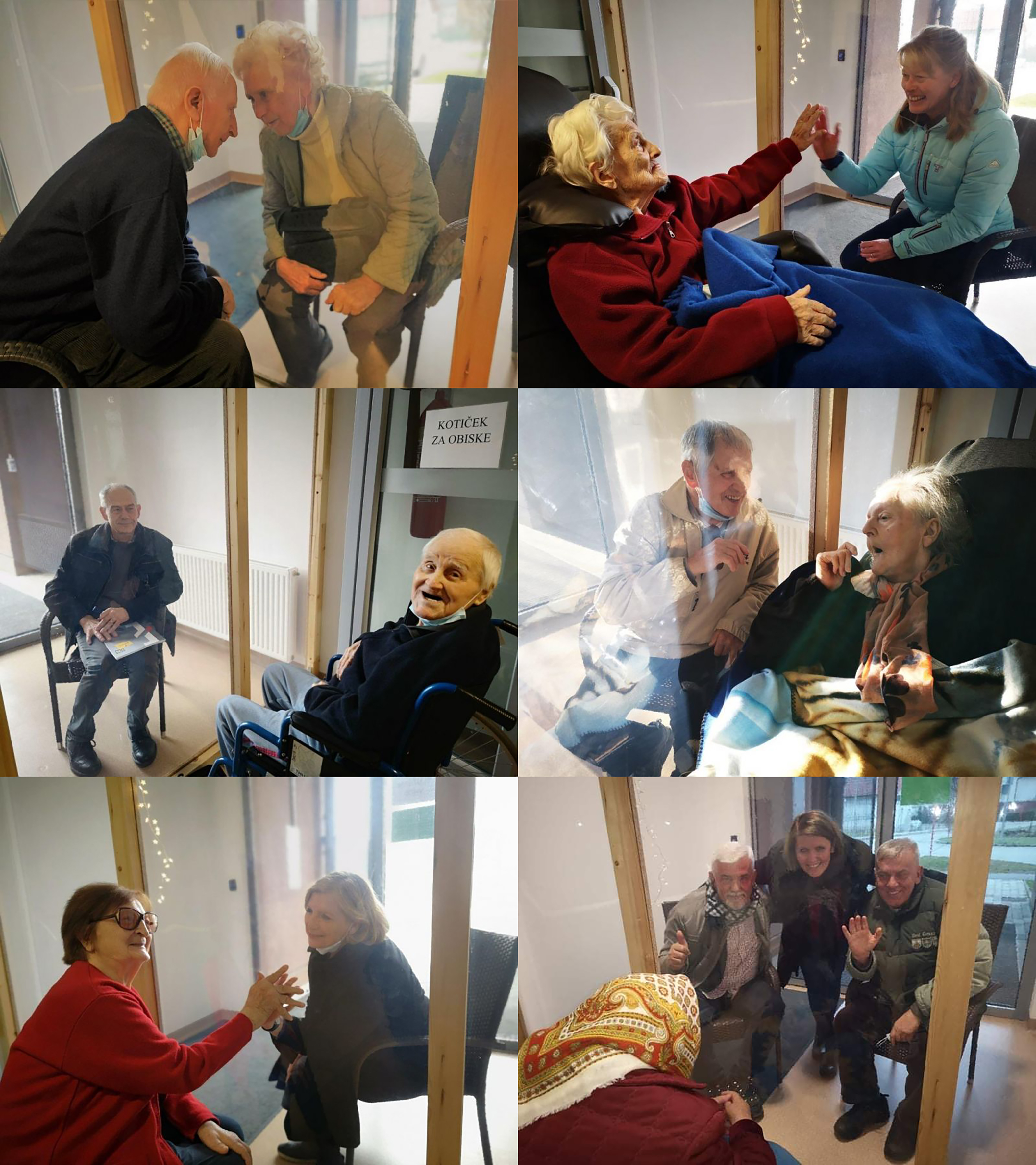
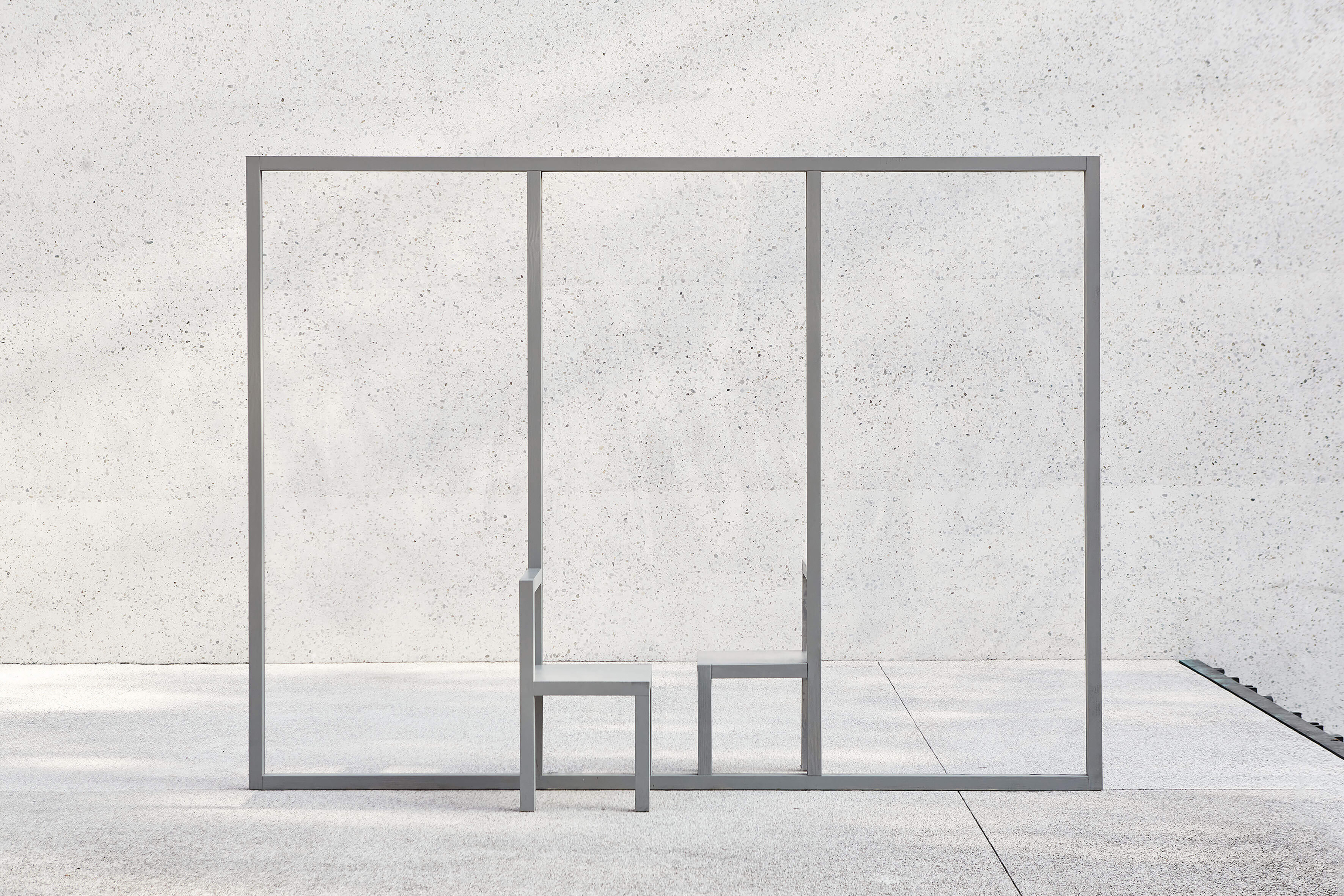
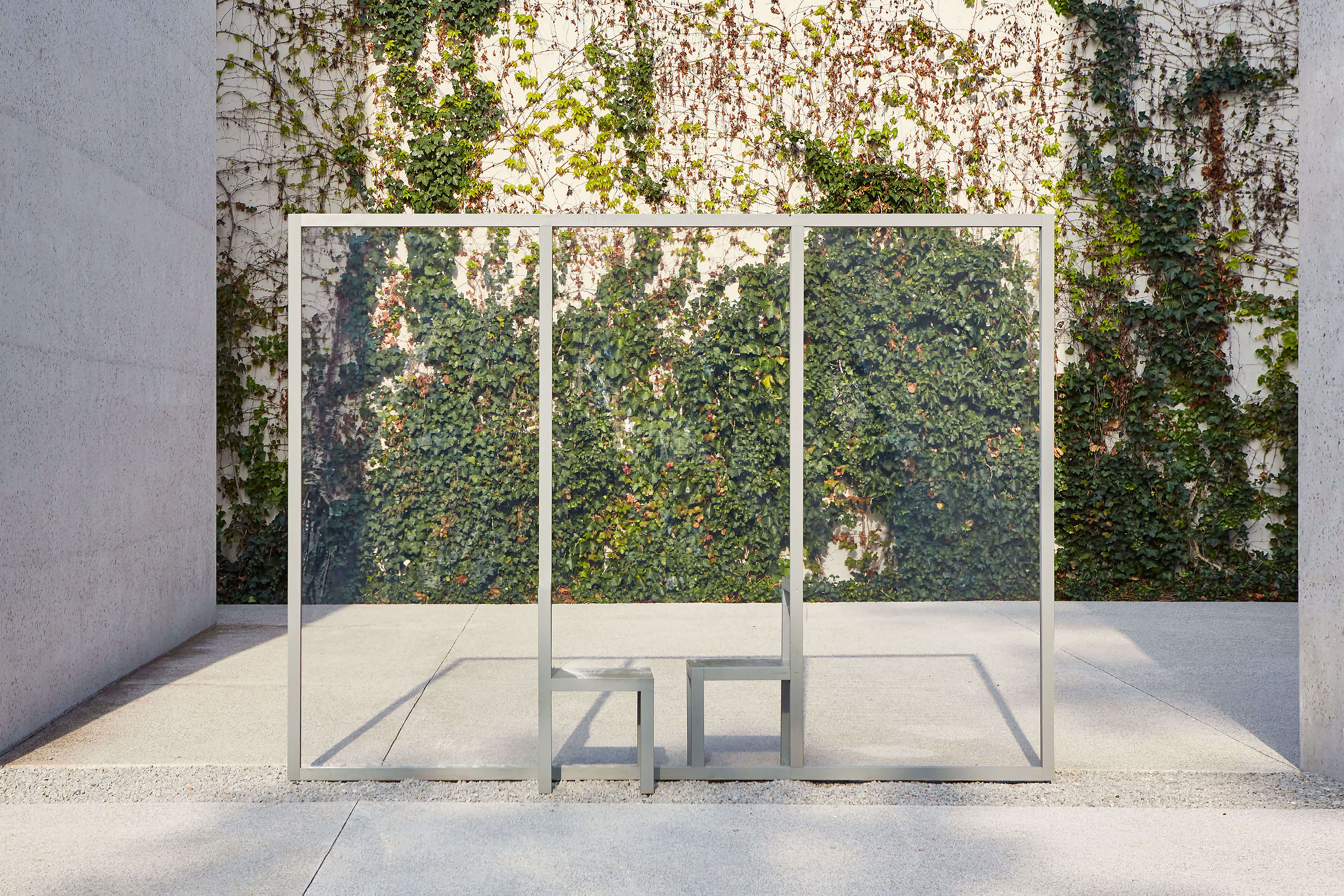
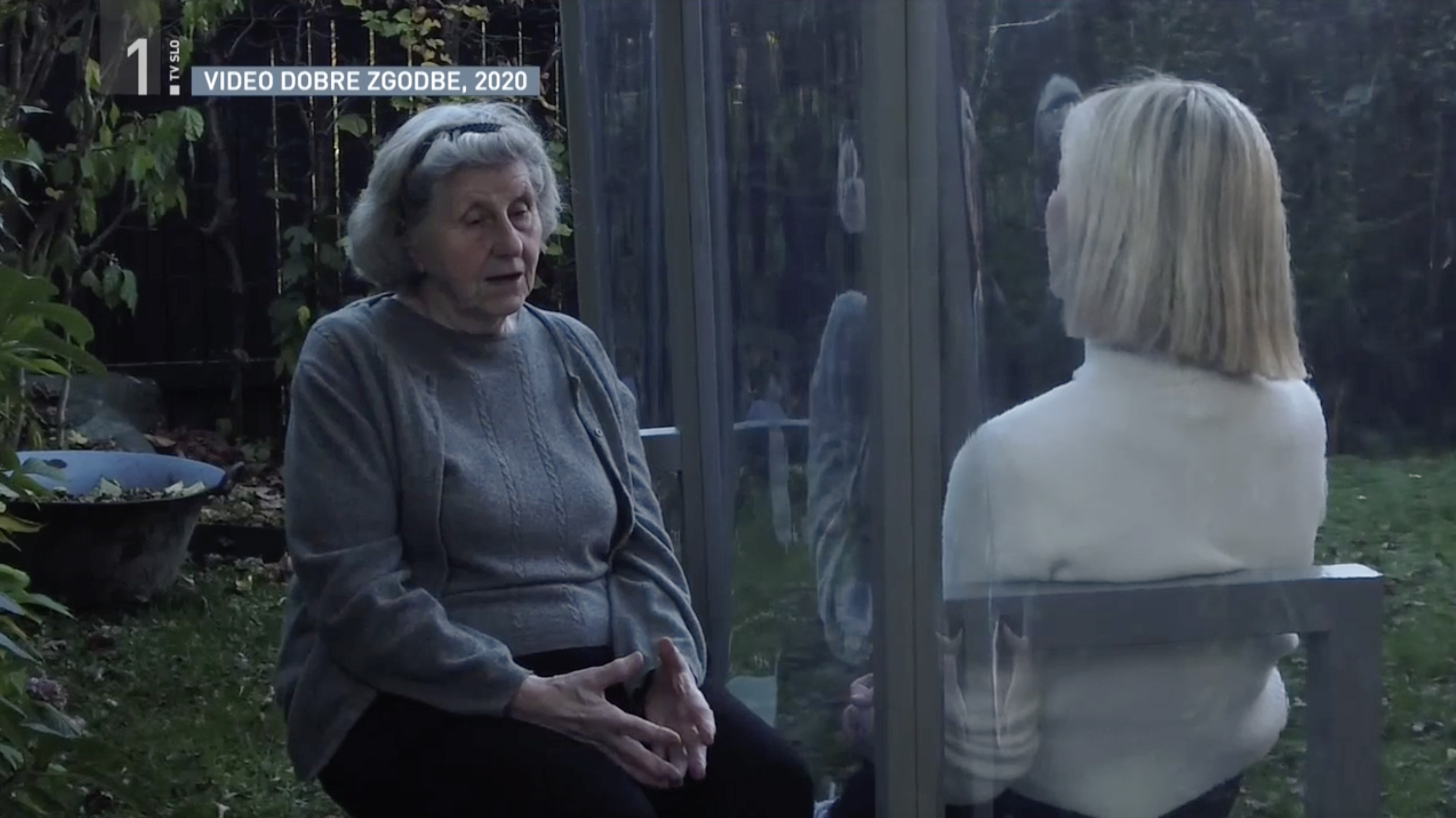
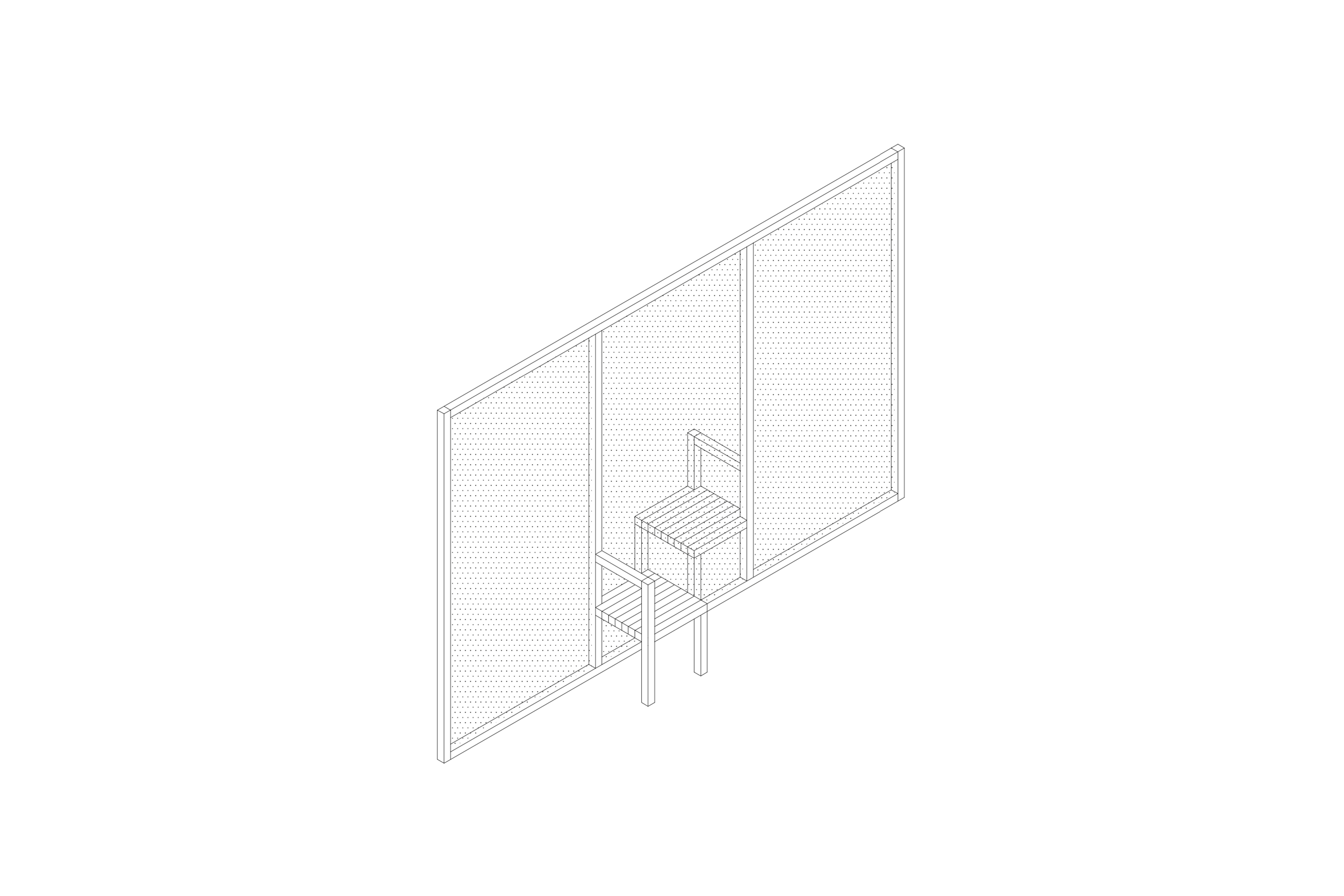
@KatjaSimončič, 2020
Content licensed to the European Union.